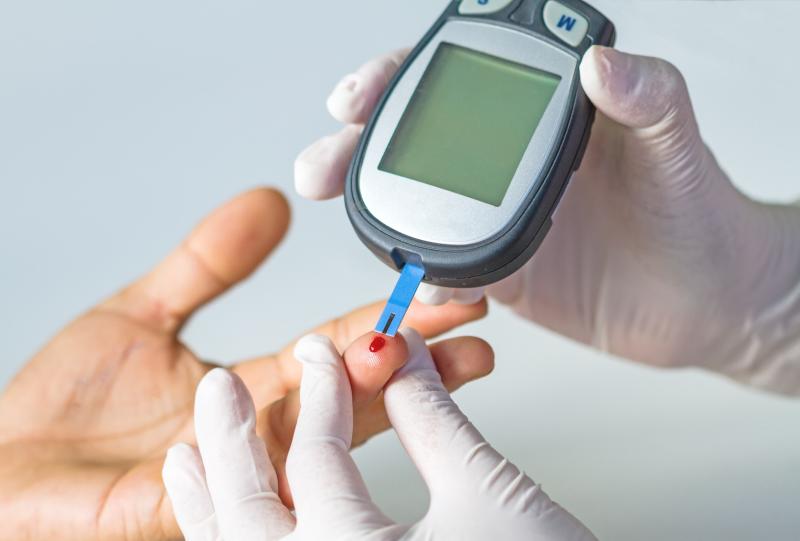
Postprandial hyperglycaemia during clinical visits may predict diabetic retinopathy (DR) among patients with type 2 diabetes (T2D), a new study has shown.
Researchers performed a retrospective cohort analysis of 323 participants with 1–2-hour postbreakfast mean blood glucose (1–2h-PBBG) measurements and 406 participants with the same data 1–2 hours postlunch (1–2h-PLBG); another group of 487 patients with both measurements (1–2h-PBLBG) was also included. The endpoint was mild-to-moderate nonproliferative DR.
In the group with both postbreakfast and postlunch blood glucose measurements, 145 patients developed DR over a median follow-up of 6.9 years. Those who had had T2D for a longer time (p=0.0001), had higher body mass index (BMI; p=0.014) and had a higher mean 1–2h-PBLBG level (p<0.0001) were significantly more likely to develop the complication.
The same was true for the 1–2h-PBBG group, where 92 patients developed DR over a median follow-up of 7.5 years. An elevated mean 1–2h-PBBG concentration (p<0.0001), greater BMI (p=0.04) and longer diabetes duration (p=0.014) all significantly increased the risk of DR.
Postprandial glucose was likewise a significant risk factor for DR in the 1–2h-PLBG group (p=0.0005), along with T2D duration (p=0.002) and glycated haemoglobin (HbA1c) level (p<0.0001). In this group, 126 patients developed DR over the 6.7-year median follow-up.
The present study found that “even with well-controlled HbA1c levels, correcting postprandial hyperglycaemia is important for preventing DR, especially in middle-aged adults with T2D,” said the researchers.